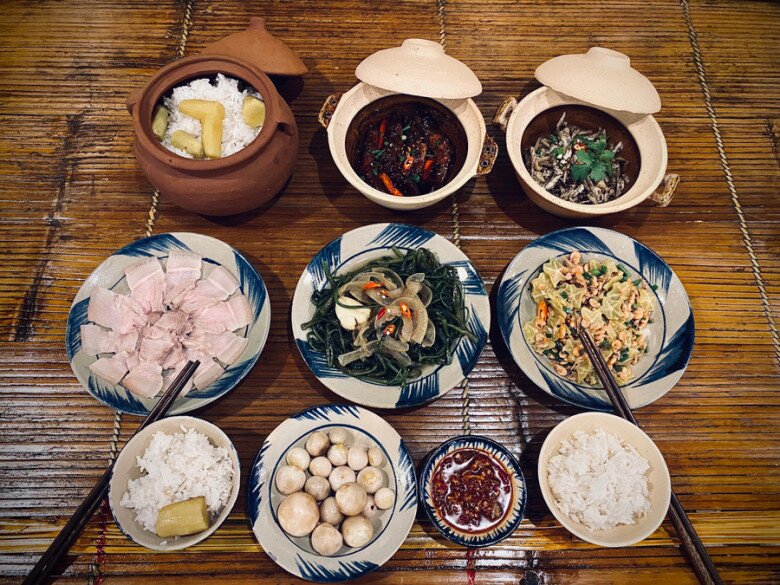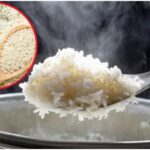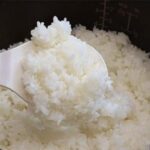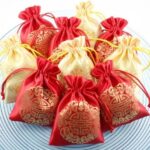
Rice and sweet potato were staple foods during the subsidy period.
“My grandmother told me that during that time, people would cautiously take a pinch of rice and put it in the pot with the diced sweet potatoes. When the rice was cooked, the yellow color of the sweet potatoes dominated the white rice. They also had bananas as a staple food. The green bananas were peeled, leaving the white flesh, and soaked in salted water to reduce the astringency, and then a few grains of rice were added to the pot,” shared Giang (from Hung Yen).
Now, when life is more abundant, and meals include meat, fish, and seafood, many people long for the old days when life was challenging but full of camaraderie. People cherished every grain of rice and tuber to survive the hardships.


During the difficult times, rice was a luxury, and households would mix it with sweet potatoes or cassava to make a filling meal.
“Sometimes I cook rice with sweet potatoes for my family, and my children love it because it’s a unique taste. The aroma of rice and sweet potatoes fills our small kitchen,” Giang added.
Recalling the same staple food, Ms. Hoai (from Ha Tinh) shared: “During my childhood, the image of family meals with rice and sweet potatoes, and soybean dip became a lasting memory. Due to the scarcity of rice, households would mix any other staple food they had, such as corn, cassava, or sweet potatoes, into their daily meals to feel full. Sometimes, when we ran out of rice, the pot would only have a few grains of rice sticking to the sweet potatoes or cassava.
Recently, I found a restaurant in Hanoi that served subsidized period food, and I went there every week to relive my childhood memories.”
Currently, some restaurants in Hanoi and Ho Chi Minh City offer subsidy period foods, including rice and sweet potato staples, on their menus. The price is around 100,000 VND per set for 4-5 people.

Some restaurants now offer subsidy period foods, including rice and sweet potato staples, on their menus.
The owner of a restaurant in Truc Bach (Hanoi) shared: “Customers love the rice and sweet potato dish because it’s a unique taste for young people, and older people can reminisce about the challenging subsidy period. The rice and sweet potato dish is served with fried shrimp and bitter melon, charred pork belly, and braised mudfish in soybean paste… Moreover, customers can enjoy the space filled with antique items, creating a special ambiance. On busy days, we may run out of the rice and sweet potato dish for customers who haven’t made reservations.”
The owner added that to make delicious and appealing rice and sweet potato staples, the cook must be experienced. The rice should be fluffy and tasty, while the sweet potatoes or cassava should retain their creamy texture without becoming too mushy—a true culinary art.



































